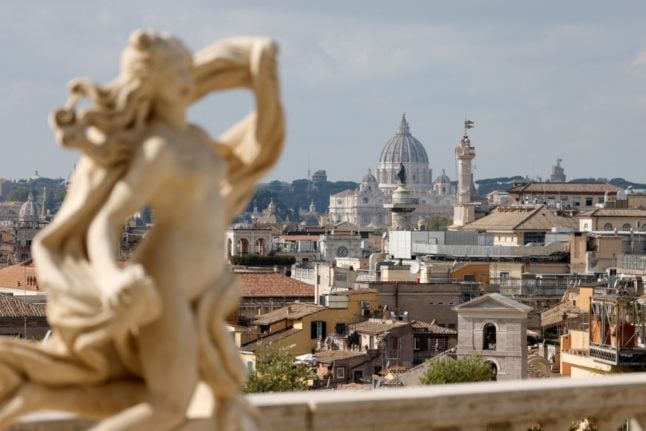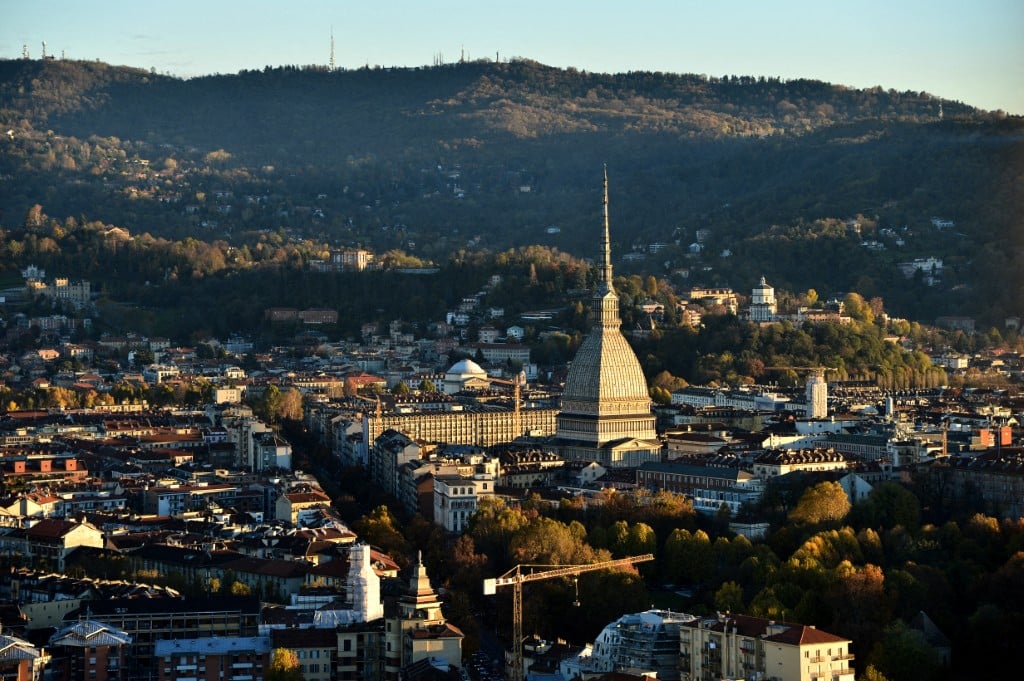Yeoh, chief of the huge YTL conglomerate, was quoted by the Teatro dell'Opera di Roma as saying he hoped the gift would help the institution “distinguish itself on an international level as one of the most prestigious and excellent artistic centres in the world.”
A long-time admirer of Italy's prized opera singers Pavarotti and Andrea Bocelli, Yeoh has financed numerous classical music concerts at home and abroad.
The Roman theatre hit the headlines last year after a series of orchestra and chorus strikes, summing up the struggle across the arts sector in a country hit hard by funding cuts during the deepest recession since the Second World War.




 Please whitelist us to continue reading.
Please whitelist us to continue reading.
Member comments